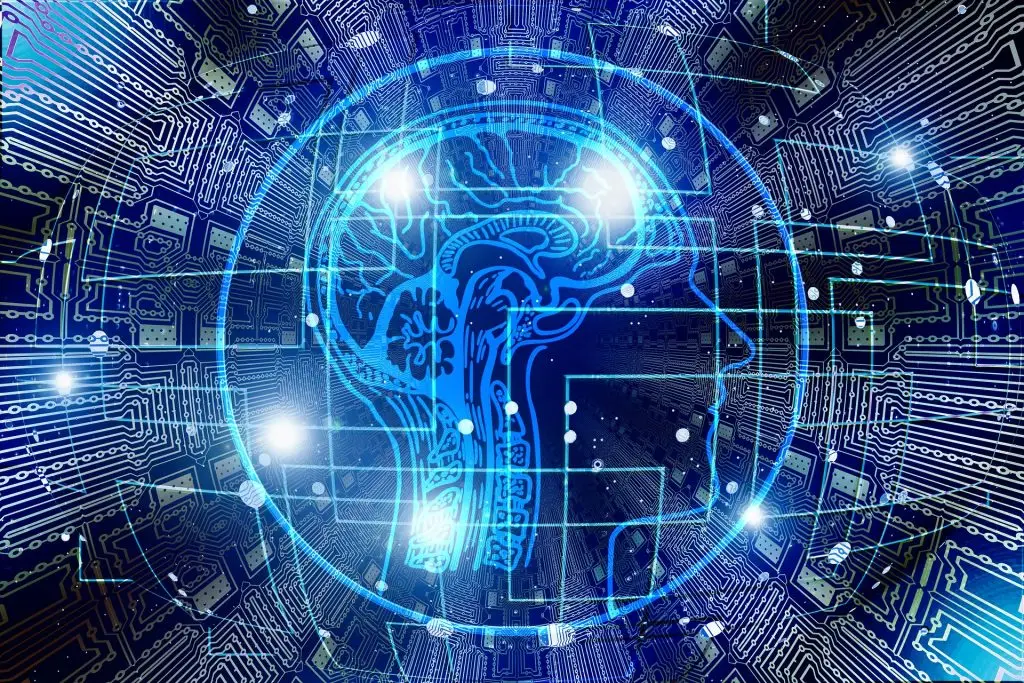
by Ben Kings
IFATCA Training Task Force ChairpersonIt is said that we know more about space than the workings of the human brain. Unfortunately, we don’t know all that much about space in the first place but one thing in common is that we are increasingly learning more and more about both of these complex areas of science.
Research into how the brain works has occurred for hundreds of years, with some of the most significant discoveries being through the 70’s, 80’s and 90’s. Initially through experiments with rats but later through the increased use of advanced scanners as development improved. A key study was undertaken by Rosenzweig, Bennett and Diamond in 1972, involving the brain development of rats when placed in stimulating environments and non-stimulating environments. They found that the cerebral cortex of the stimulated rats (the part of the brain responsible for high level thinking, complex and abstract processes) had grown significantly larger and denser than those which were not stimulated[1]. This research began even more detailed work towards how humans react to stimuli and experience. Namely, how humans learn and store what we learn.

There is, of course, much more neuroscience that we could dive into but, for now, let’s just focus on what occurs when we stimulate our brains. Put simply, they grow bigger. This begins to occur from the moment we do. Everything we see and sense is processed by the brain. Every colour, smell, feeling. Our brain uses all this information to organise itself, learn patterns and routines, and become ultimately safer and more efficient. Sounds somewhat like the goal for Air Traffic Control, right?
So, the brain learns and grows through experience… but does it get smaller in the absence of experience? Well, the simple answer is yes. But don’t worry, you won’t suddenly forget everything tomorrow. One of the ways that the brain develops following experience is the overproduction of synapses (the parts of our nervous system that transmit information). The brain continues processing information and effectively ‘selects’ the neural routings that it needs. Over time, the synapses not used are slowly lost.
Some scientists believe that this may be why we see some fundamental difficulties in language learning at later ages[2]. If our brain doesn’t need to use the synapses required to identify a difference in sound, for example, it may eventually lose the ability to detect that difference. For example, the subtle difference between ‘B’ and ‘P’ in English is acute and difficult for speakers of languages without these different sounds. Another example is how some native-Japanese speakers struggle with the English ‘R’ and ‘L’ sounds. The Japanese language does not contain any discernible difference between these sounds, so the brain effectively forgets the information containing the differences, as it has no need to retain the information (due to the lack of ‘experience’ through the daily spoken language). By the time we are adults, most of us lose the ability to identify these small differences in languages, if our own daily languages do not experience them. It is not impossible to relearn them, of course. It just takes a much longer time to slowly create the relevant synapses and teach your brain how to identify them.
A logical step further is that this may be why we start to ‘feel rusty’ at certain tasks after long periods away from that task. This is especially the case in ATC, as we use some skills that are not often necessary in everyday life. This is also why long periods of absence are generally less desirable and many regulators require short periods of familiarisation or retraining after extended periods of absence – just to ensure we haven’t lost too much familiarity with the skills required for our work.
Most of this synapse development and selection occurs at younger ages and into our twenties. Some research shows the possibility that our cognitive capabilities may begin to decline from our 40s (although the exact reasons for this decline are not known for sure)[3]. This is based on specific samples and people who learn a lot, and often, will naturally have experienced greater brain development and therefore capacity. In our profession, we learn a lot from the beginning of training and subsequently on a regular basis, as procedures change, airspaces adapt, and so on. Many of us speak multiple languages, which attunes our brains to these more subtle differences, developing those extra synapses. But can we do something to help retain our big ATC brains?
Of course we can! Through stimulating our brains with regular input, new things, and new information. You can help your own big ATC brain by providing more stimuli. Maybe teach yourself to draw, paint, sew or knit? Maybe woodwork or mechanics? Perhaps learn that language you’ve always found intriguing? Become a newspaper crossword and sudoku genius? Any activities like this can help us to create and retain synapses, helping our brains to develop and improve, even as we grow older.
And before I finish up, you might be thinking this sounds like a shameless plug for the work of the TTF and the upcoming IFATCA Academy… Well, yes, in part it is. It still needs some more time ‘in the oven’ but once the TTF has completed its initial development of the Academy, we will have a reliable and ever-growing source of courses and information related to ATC and aviation that you can use to stimulate and grow your big ATC brain even further! Stay tuned for more information!
[1] https://nap.nationalacademies.org/read/9853








